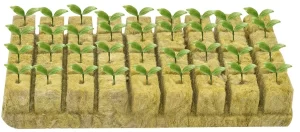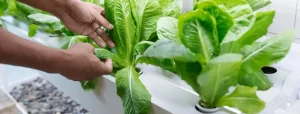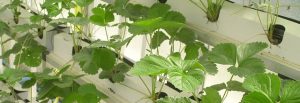Amazing In Home Hydroponics Kit – 2023

Table of Contents
A home hydroponics kit is a system that allows you to grow plants indoors without soil, using water and nutrients. It typically includes a reservoir or tank to hold the nutrient solution, a pump to circulate the solution, a grow tray or bed to hold the plants, and a light source to provide the necessary light for plant growth.
When choosing a home hydroponics kit, there are a few things to consider, such as the size of the kit, the type of plants you want to grow, and your budget. Some kits are designed for small-scale herb gardens or indoor salad greens, while others are more robust and can accommodate larger plants like tomatoes or peppers.
Here are a few popular In Home Hydroponics Kit:
- Aerogarden: This is a popular hydroponic kit that’s great for beginners. It comes in various sizes and allows you to grow herbs, lettuce, cherry tomatoes, and more.
- DWC (Deep Water Culture) Kit: This type of kit uses a large container filled with nutrient solution and an air pump to create a bubbling effect. Plants grow in net pots suspended above the solution.
- NFT (Nutrient Film Technique) Kit: This system uses a tilted channel or trough to circulate nutrient solution over the roots of plants. It’s ideal for smaller plants like herbs or leafy greens.
- Vertical Hydroponic Garden: This kit is designed for people with limited space. It uses a series of stacked trays to grow plants vertically.
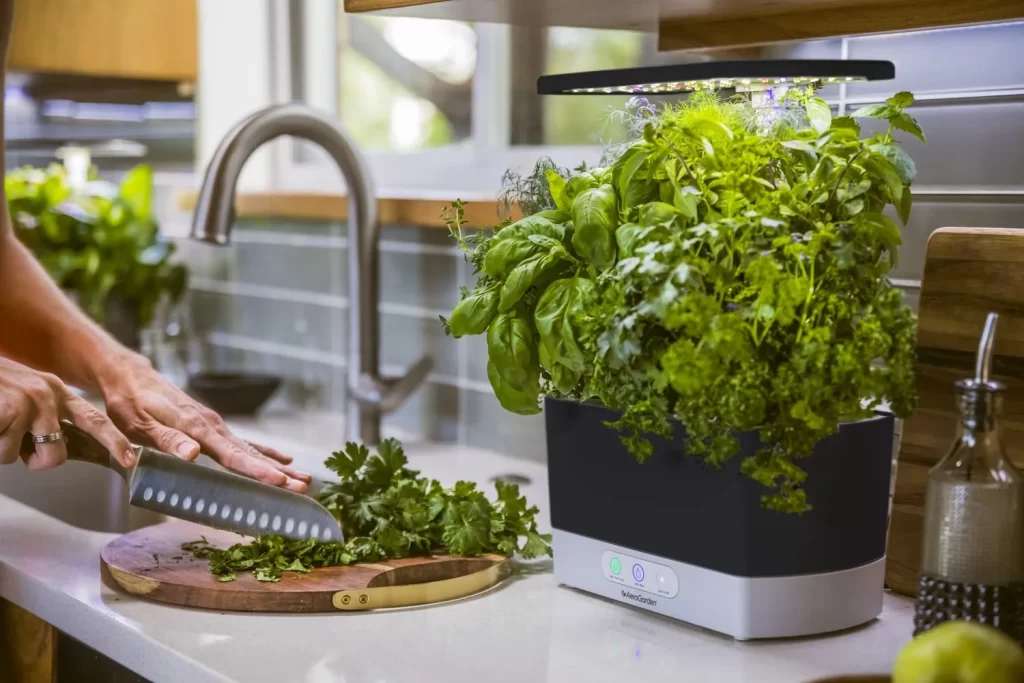
Overall, a home hydroponics kit can be a great way to grow fresh produce indoors year-round, as long as you choose the right system for your needs and take the time to properly care for your plants.
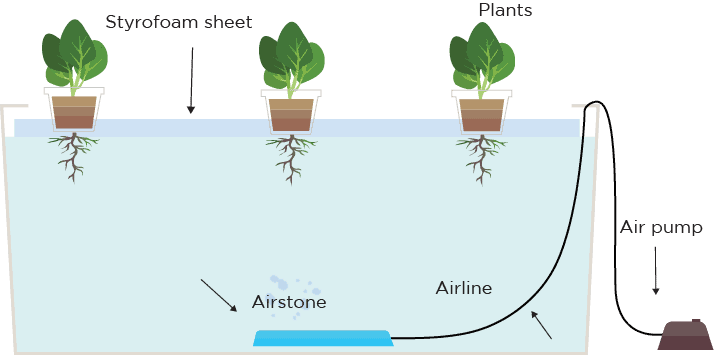
What is the best home hydroponic system for beginners?
For beginners, the best home hydroponic system would be one that is simple, easy to set up and maintain, and doesn’t require a lot of space. Here are three popular options:
- DWC (Deep Water Culture) Kit: DWC is a very simple and effective hydroponic system, making it a great choice for beginners. It involves placing plants in net pots that are suspended over a nutrient solution. An air stone or air pump is used to oxygenate the solution and provide the plants with the necessary nutrients.
- Kratky Method: The Kratky method is a passive hydroponic system that requires no electricity or pumps. It’s perfect for small spaces and is great for growing lettuce, herbs, and other small plants. It involves placing plants in net pots that are filled with a growing medium, such as perlite or coconut coir, and then submerging the bottom of the pot in a container of nutrient solution. The solution will slowly be absorbed by the growing medium as the plant uses it up.
- Aerogarden: The Aerogarden is a fully automated hydroponic system that is very easy to use. It’s perfect for beginners who want to grow herbs, lettuce, and other small plants indoors. The system includes everything you need to get started, including a water reservoir, pump, grow lights, and seed pods. All you need to do is add water and nutrients and let the system do the rest.
Overall, any of these three hydroponic systems would be a great choice for beginners. They are all easy to set up and maintain, and don’t require a lot of space or complicated equipment.
Can you set up hydroponics at home?
Yes, it is possible to set up hydroponics at home. In fact, hydroponic systems are becoming increasingly popular among home gardeners who want to grow fresh produce indoors year-round.
To set up a hydroponic system at home, you’ll need a few key components:
- Container: This can be a plastic tote, bucket, or any other container that can hold water and nutrient solution.
- Growing medium: The growing medium is what the plants will grow in. Common options include rockwool, perlite, coconut coir, or hydroton clay pebbles.
- Nutrient solution: Plants grown in hydroponic systems require a specific mix of nutrients to thrive. You can buy pre-made nutrient solutions, or you can mix your own using individual nutrient salts.
- Water pump: A water pump is used to circulate the nutrient solution through the system.
- Lighting: Plants need light to grow, so you’ll need a light source that can provide the necessary spectrum of light for plant growth.
Once you have all the necessary components, you can assemble your hydroponic system according to the instructions that came with your kit, or you can design your own system using the components you’ve purchased. There are many different types of hydroponic systems to choose from, including DWC (Deep Water Culture), NFT (Nutrient Film Technique), and aeroponics.
It’s important to note that setting up a hydroponic system requires a bit of knowledge and experience, especially when it comes to balancing the nutrient solution and maintaining the proper PH levels. However, with a bit of research and practice, anyone can set up a hydroponic system at home and start growing their own fresh produce.
How much does home hydroponics cost?
The cost of setting up a home hydroponics system can vary widely depending on the size, complexity, and materials used. A simple, small-scale hydroponics system can cost as little as a few hundred dollars, while larger, more advanced systems can cost thousands of dollars.
Some of the key factors that will impact the cost of a home hydroponics system include the type and number of plants being grown, the size and complexity of the system, the type of lighting used, the type of nutrient solution used, and the materials used to construct the system.
If you are interested in setting up a home hydroponics system, it is a good idea to do some research to get an idea of the different options available and their associated costs. You may also want to consider consulting with an expert in hydroponics to help you design and set up a system that meets your specific needs and budget.
What are 3 disadvantages of hydroponics?
While hydroponics offers many advantages over traditional soil-based gardening, there are also several potential disadvantages to consider. Here are three possible disadvantages of hydroponics:
- Upfront cost: One of the biggest challenges with hydroponics is the initial cost of setting up a system. Hydroponics requires specialized equipment and materials such as pumps, nutrient solutions, grow lights, and growing mediums. This can be more expensive than traditional gardening methods, and it may take some time to recoup the initial investment.
- Technical complexity: Hydroponic systems can be more complex and require more technical know-how than traditional gardening methods. Maintaining the proper nutrient levels, PH balance, and temperature of the growing environment can be challenging, and small mistakes can have big consequences for plant growth.
- Vulnerability to power outages: Since hydroponic systems rely on electricity to power pumps, lights, and other equipment, they are vulnerable to power outages. This can be especially problematic for larger or more complex systems, which may require backup generators or other measures to keep plants alive during an outage.


